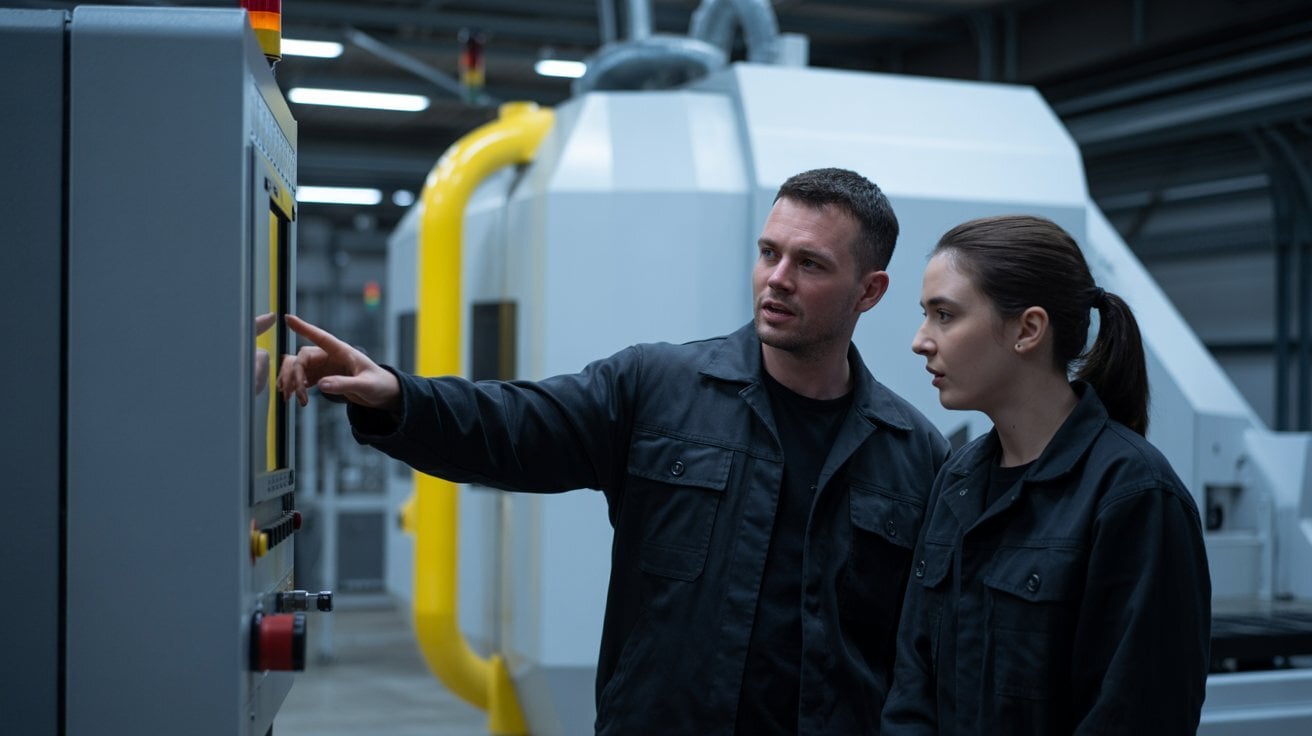Technology in Supply Chain : The cornerstone of agility and resilience
May 13, 2025 4:41:39 PM - 8 min read

Ana Sofia

PlaniSense analysis, based on the Reuters Events x Maersk Study.
The 2025 edition of the Reuters Events & Maersk Supply Chain Europe report paints a clear picture: European supply chains are entering another year of disruption, and this time, volatility is the baseline.
More than two-thirds (68%) of professionals expect increased disruption in the months ahead. With uncertainty driven by shifting trade policies, inflationary pressures, and geopolitical fragmentation, agility has never been more critical.
What’s even more striking is how quickly organisations are expected to respond. Nearly 70% say they can react to a disruption within 72 hours, but only 4% report having a clear plan in place for when that moment comes.
Fast Response Requires the Right Infrastructure
This gap between expected speed and actual preparedness points to a structural issue: reacting fast is not just about talent or instinct. It requires technology that enables coordinatedaction across departments and time horizons.
In fact, the Reuters study shows a clear correlation between resilience and digital maturity. Organisations that feel most confident in their ability to navigate disruption tend to have one thing in common: they’ve invested in advanced planning and visibility tools.
What Sets Resilient Organisations Apart?
The study identifies key traits of high-performing supply chains:
- Use of demand forecasting tools, including scenario modelling
- Supply chain visibility platforms that link operations across functions
- Scheduling and execution tool that allow real-time plan adjustment.
- A commitment to data-driven decision-making
These capabilities aren’t simply about digital transformation—they’re about creating a responsive infrastructure that allows leaders to pivot when conditions change. That includes tariff shifts, supplier risk, or changes in customer demand.
Planning from Demand to Execution: A Critical Continuum
One insight from the study is that technology investments can’t stop at visibility. To navigate a disruption, supply chain leaders need to forecast what might happen, simulate responses, andexecute plans - all with minimal lag between each step.
That makes a strong case for end-to-end planning, especially in three areas:
Demand Planning
Scenario forecasting enables teams to test best- and worst-case outlooks. With disruptions like sudden tariffs or new trade barriers, being able to pivot quickly from one plan to another can reduce lost revenue and improve service levels.
Supply Planning
Adjusting sourcing, production, or transport plans requires visibility and constraint-based simulation. Whether shifting production from Vietnam to India or increasing safety stock ahead of a tax hike, planners need to understand trade-offs in real time.
Scheduling
Perhaps the most underleveraged layer of planning is short-term execution. Even the best strategic plan falters without a system to rebalance production schedules under real constraints: line capacity, tooling, labor, and raw materials. Teams must be able to simulate options and adjust schedules on the fly.
Technology as a Resilience Multiplier
The 2025 supply chain playbook is being written in real time — and organisations that move quickly, simulate broadly, and execute reliably will have the edge.
The Reuters study makes it clear: resilience today is a capability, not a goal. And that capability increasingly depends on how connected, dynamic, and informed your planning infrastructure is.
For companies still relying on spreadsheets, manual decisions, or disconnected systems, now is the time to re-evaluate. Technology is no longer a support function — it’s the backbone of competitive supply chain strategy.
Interested in seeing how real-time planning and scheduling could work for you?
